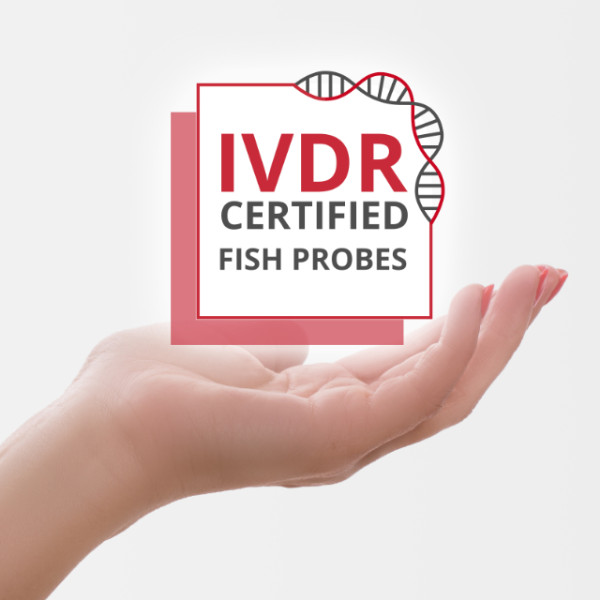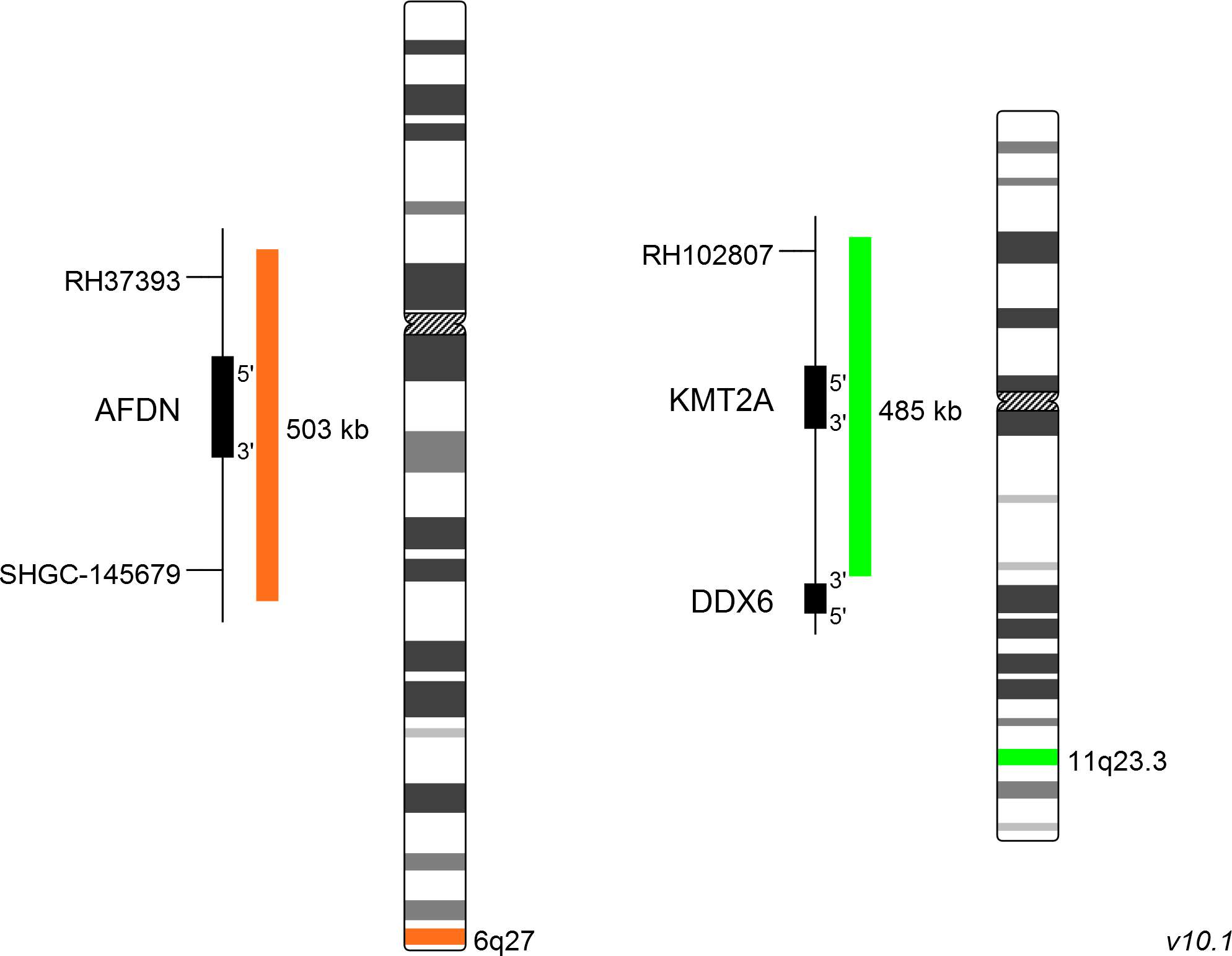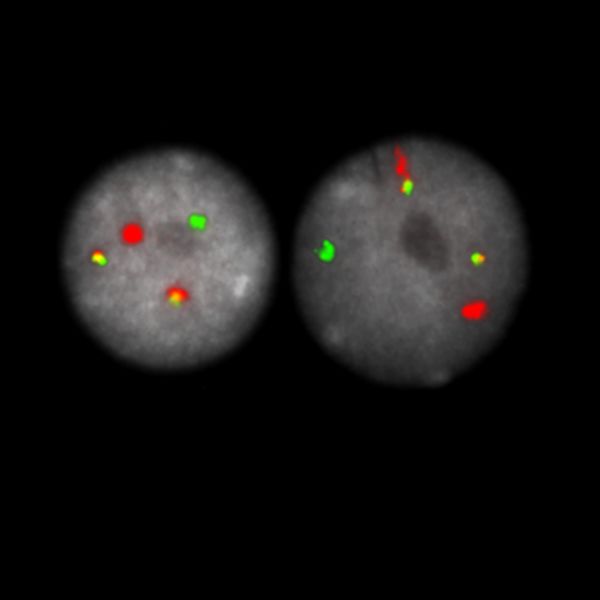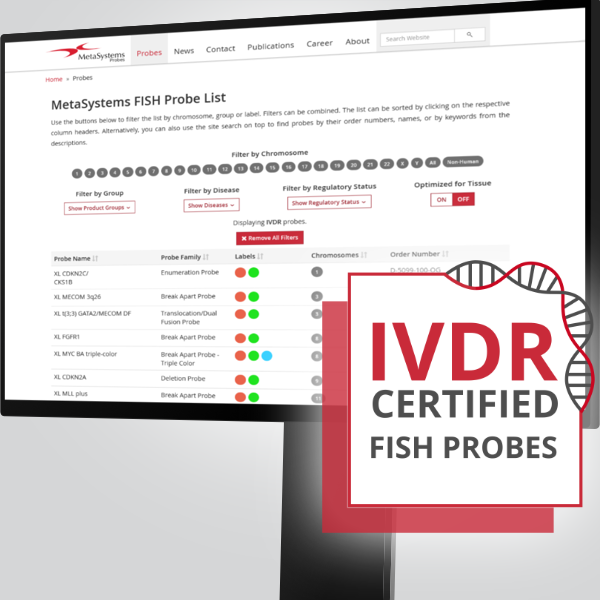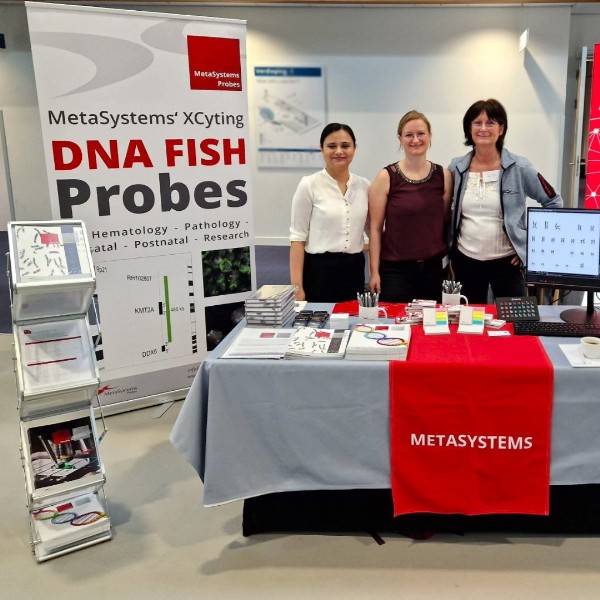Chromosomal rearrangements of the KMT2A (lysine methyltransferase 2A) gene, formerly MLL (mixed lineage leukemia), are associated with various hematological disorders. Most patients suffer from acute myeloid leukemia (AML) or acute lymphoblastic leukemia (ALL), while only a minority develops mixed lineage leukemia (MLL). Several chromosomal aberrations involving the KMT2A gene have been identified. However, the majority of leukemias result from translocations leading to KMT2A fusions. More than 90 KMT2A translocation partner genes fused to the 5´- KMT2A portion have been identified. The most common translocation partners in KMT2A associated leukemia are AFF1, MLLT3, MLLT1, MLLT10, ELL and AFDN, described here in the order of their frequency. The AFDN (afadin) gene, formerly known as MLLT4 and AF6, is located on chromosome 6 (6q27). KMT2A-AFDN fusions result from translocations of the type t(6;11)(q27;q23). The most frequent breakpoint in the KMT2A gene leading to this translocation is positioned in intron 9. The majority of ALL patients have breakpoints in exon 1 or 2 of the AFDN gene. Intriguingly, T-cell ALL patients show a significantly higher percentage of KMT2A-AFDN and KMT2A-MLLT1 fusions than other ALL subgroup patients. However, within the cohort of patients with KMT2A-AFDN rearrangements, unusual KMT2A breakpoints in intron 21 and 23 have been detected, in a minority of cases. One cellular consequence of the KMT2A-AFDN fusion is an increased and extended DOT1L mediated H3K79 methylation signature, which is also being observed in the presence of KMT2A-AFF1, AFF1-KMT2A, KMT2A-MLLT3, KMT2A-MLLT1, and KMT2A-MLLT10 fusions. Therefore, DOT1L inhibitors are promising candidates for clinical treatment which are currently being evaluated.
Clinical Applications
- Acute Lymphoblastic Leukemia (ALL)
- Acute Myelogenous Leukemia (AML)
